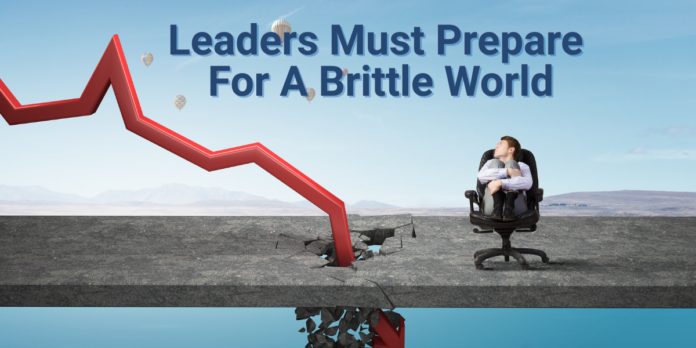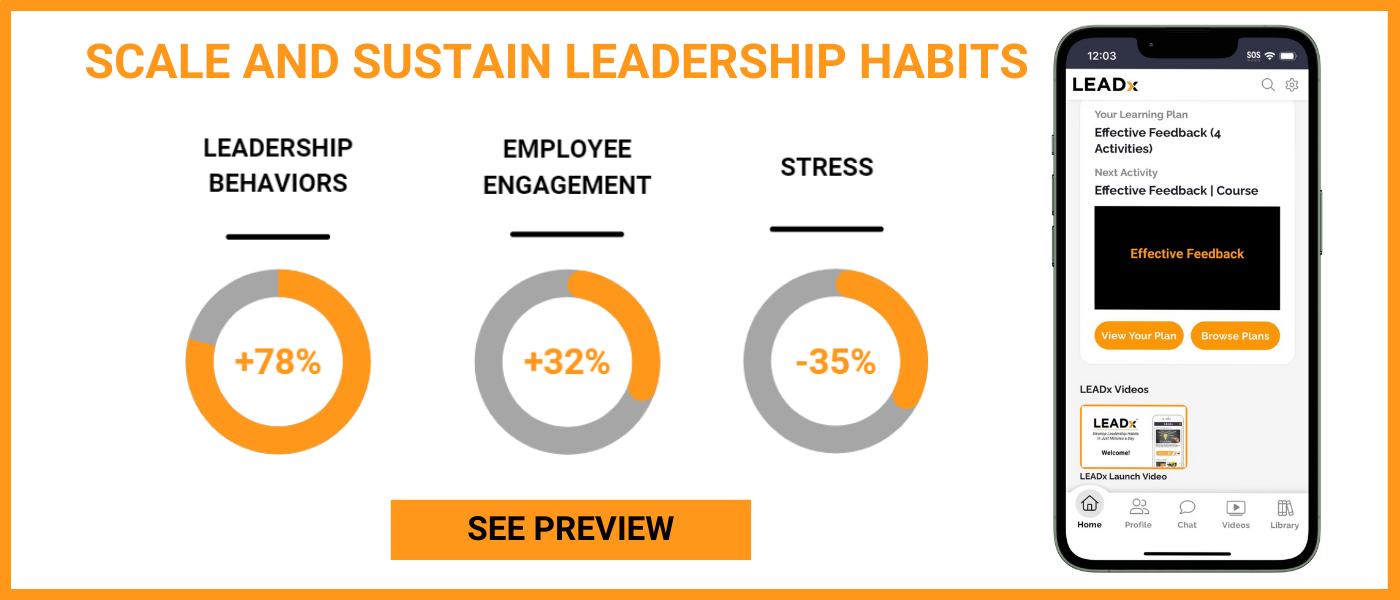
In the late 1980s, the Cold War ended, and a new concept emerged to help leaders make sense of the shifting geopolitical landscape. That concept was VUCA: Volatile, Uncertain, Complex, and Ambiguous. It became the go-to framework for understanding instability and navigating the modern world.
 But here we are, decades later, facing challenges VUCA never saw coming. The systems we depend on don’t just wobble – they shatter. That’s why futurist Jamais Cascio introduced a new framework in 2020: BANI. The world today is Brittle, Anxious, Nonlinear, and Incomprehensible.
But here we are, decades later, facing challenges VUCA never saw coming. The systems we depend on don’t just wobble – they shatter. That’s why futurist Jamais Cascio introduced a new framework in 2020: BANI. The world today is Brittle, Anxious, Nonlinear, and Incomprehensible.
Of all these dimensions, brittleness is the one that demands immediate attention. Why? Because brittle systems are everywhere, and they are one shock away from total collapse. Let’s dive deep into what makes our systems so fragile and explore practical strategies to strengthen them.
Why Brittle Matters
Brittle systems look strong until they break – and when they break, they break big. The Texas power grid didn’t just have a hiccup; it failed catastrophically, leaving millions without heat and water. Nvidia looked impenetrable until tiny Deepseek released an AI model that erased $600 billion from its valuation in a single day. Syrian dictator Bashar al-Assad frustrated his enemies for 13 years clinging to power in a civil war, and then was overthrown within days.
Brittleness in a business context is often the result of optimizing supply chains and other systems for maximum efficiency while ignoring their ability to absorb shocks. We’ve cut the fat – and with it, the safety net. Companies chase just-in-time production, governments underfund infrastructure, and leaders assume the “worst-case scenario” will never happen.
Here’s how to build resilience and prepare for brittleness.
1. Diversify and Decentralize
A brittle system often relies too heavily on one critical point of failure. When that fails, everything collapses. Think about global supply chains during the pandemic. Car manufacturers relied on a handful of semiconductor suppliers. When production slowed in Taiwan, the ripple effect caused billions of dollars in losses worldwide.
Strategy:
- Source from multiple suppliers: Avoid reliance on a single country, region, or partner.
- Regionalize supply chains: Reduce the risks of global disruptions by sourcing closer to home.
- Adopt distributed infrastructure: Decentralize data storage, logistics, and production to create backup pathways.
2. Stress Test Systems
Brittle systems fail because they’re never tested for extreme scenarios. Leaders assume the systems will hold under pressure, but assumptions are expensive when they’re wrong. Banks, for example, are required to perform stress tests to simulate economic downturns. But this same principle needs to apply to all critical systems.
Strategy:
- Simulate crises regularly: Run “what-if” scenarios for disruptions like supply chain failures, cyberattacks, and economic shocks.
- Identify failure points: Pinpoint where the cracks might appear and fix them before they break.
- Iterate and improve: Build stronger systems with every test, using failures as insights.
3. Build Buffers and Redundancies
The pursuit of efficiency has led organizations to eliminate redundancy, but that redundancy is often the only thing standing between survival and disaster. In a brittle system, redundancy isn’t waste; it’s insurance.
Strategy:
- Create buffer stock: Maintain critical resources like raw materials, energy, or data backups.
- Design redundancies: Ensure that if one part of the system fails, another can take over seamlessly.
- Invest in slack time: Overworked teams and overstretched systems are brittle. Allow room for recovery.
4. Strengthen Critical Infrastructure
Brittleness doesn’t just affect companies; it’s baked into our physical and digital infrastructure. Roads, power grids, and communication networks are underfunded and aging. These systems are often ignored until they fail, at which point the damage is exponentially higher.
Strategy:
- Prioritize maintenance: Routine investments in infrastructure are far cheaper than rebuilding after a collapse.
- Adopt smart technology: Use sensors, automation, and AI to monitor systems and predict failures.
- Upgrade proactively: Don’t wait for a crisis to justify long-overdue upgrades.
5. Prepare for Cascading Failures
In a brittle world, one failure rarely stays isolated. A single event can trigger a chain reaction. When the Ever Given cargo ship blocked the Suez Canal in 2021, it didn’t just delay shipments for a few days. It disrupted global trade, caused economic losses of over $10 billion, and impacted thousands of businesses downstream.
Strategy:
- Map dependencies: Understand how failures in one area impact the rest of the system.
- Build fail-safes: Have contingency plans that activate automatically when a critical part fails.
- Diversify recovery plans: Develop alternative pathways for restoring operations quickly.
The Takeaway
The world is brittle because we’ve prioritized short-term efficiency over long-term resilience. We’ve assumed systems are unbreakable until they shatter. But leaders who accept brittleness as a reality can prepare for it, strengthen their systems, and thrive while others scramble to recover.
BANI isn’t just a framework; it’s a wake-up call. The leaders who rise to meet it will embrace resilience, build buffers, and think beyond the narrow pursuit of efficiency.
Brittleness is a fact. Resilience is a choice.
Start building now, because when the shock comes – and it will come – you want to bend, not break.






